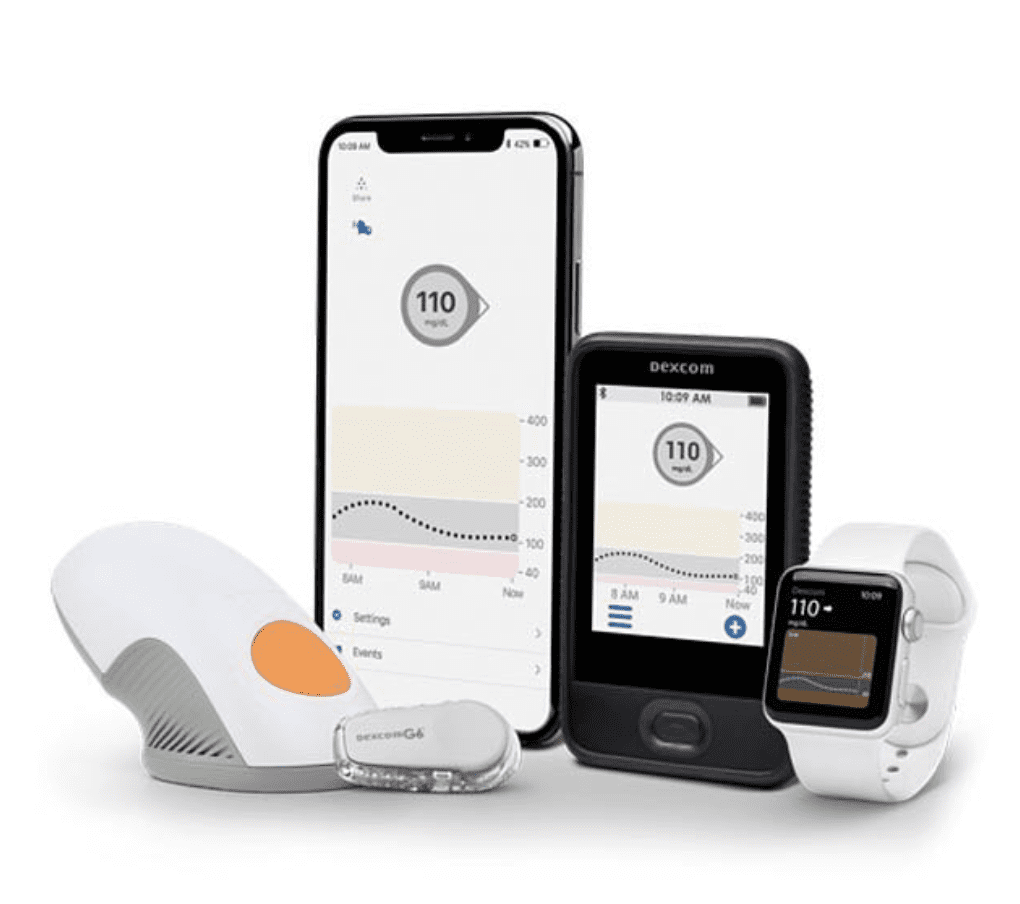Benefits of CGM Use
Individuals with type 1 diabetes (T1D) have multiple options for managing their blood sugar, ranging from traditional finger sticks and insulin injections to continuous glucose monitors (CGM) and insulin pumps. Scientists are also continuing to work on more advanced technology including artificial pancreas systems.
CGMs are a popular device for individuals with T1D because they automatically measure and track blood glucose levels and send alerts when they begin to rise or fall too far. They tend to be worn most often by young children and adults ages 26 to 50. However, there are barriers to access for these devices including eligibility requirements and insurance coverage. Furthermore, not all primary care providers are well-versed in how to effectively manage care using these systems.
But recent studies show that CGMs may be especially beneficial for the groups that tend to wear them the least – teens and young adults, and older adults. When these devices are consistently used, they can help to improve glycemic control and reduce instances of hypoglycemia. These factors are essential for continued well-being.
One study followed a group of 153 adolescents and young adults between the ages of 14 and 24 for 26 weeks, then followed up at one year. All of the participants had HbA1c levels of at least 7.5% but not more than 11.0%. The control group contained 79 individuals who did not wear a CGM and conducted finger sticks four times per day to measure their blood glucose levels. The test group contained 74 individuals who wore a CGM and conducted finger sticks twice per day.
At the end of 26 weeks, HbA1c levels for the CGM group dropped from 8.9% to 8.5%, while levels for the control group remained steady at 8.9% throughout. In addition, the CGM group’s time in target glucose range increased from 9 hours per day to 10.3 hours per day, whereas the control group actually dropped from 8.7 hours per day to 8.3 hours per day. However, over time, the CGM group wore their devices less frequently, going from 82% to 68% of participants wearing the device at least five days per week.
At the end of one year, the results remained relatively consistent. Within the CGM group, HbAc1 levels improved slightly from 8.5% to 8.3%, while time in target range decreased slightly from 43% to 41%. There was a noticeable difference when it came to low blood sugar, with the average time spent below 70 mg/dL improving from 49 minutes per day to just 16 minutes per day.
On the other end of the spectrum, adults ages 60 and older also saw positive results when it came to CGM use. This study involved 203 adults split into the same type of test and control groups as the adolescents/young adults. The older adults in the CGM group were more consistent with their device use with 81% wearing it continuously and 89% wearing it at least five days per week.
The focus of this study was on hypoglycemia and time spent with a glucose level below 70 mg/dL. After 26 weeks, the CGM group went from 73 minutes per day to just 39 minutes per day, while the control group saw very minimal change. These rates stayed approximately the same at the one-year mark. In addition, the CGM group spent an average of 2.1 hours per day more in the target blood glucose range than the control group at 26 weeks.
The findings from both studies are encouraging when it comes to helping individuals with T1D to better manage their blood sugar and reduce the risk of hypoglycemia. It is important to educate patients on the benefits of using a CGM while also working to reduce barriers and improve access to this technology.
Though not involved in these studies, the Diabetes Research Connection supports early-career scientists in conducting research related to preventing and curing type 1 diabetes, minimizing complications, and improving quality of life for those living with the disease. From an increasing understanding of how and why the disease develops to improving treatment and management options, scientists are working hard every day. Learn more about current projects funded by the DRC and how to support these efforts by visiting http://diabetesresearchconnection.org.




